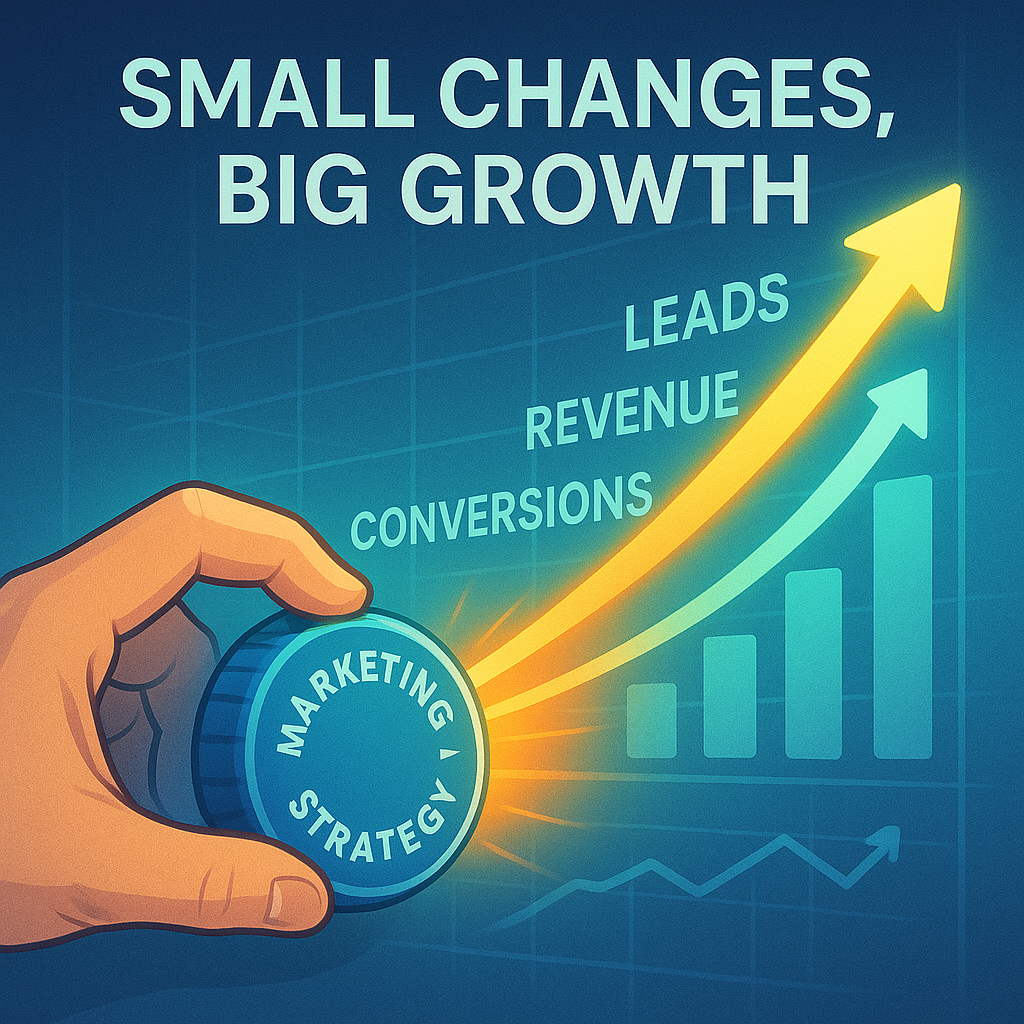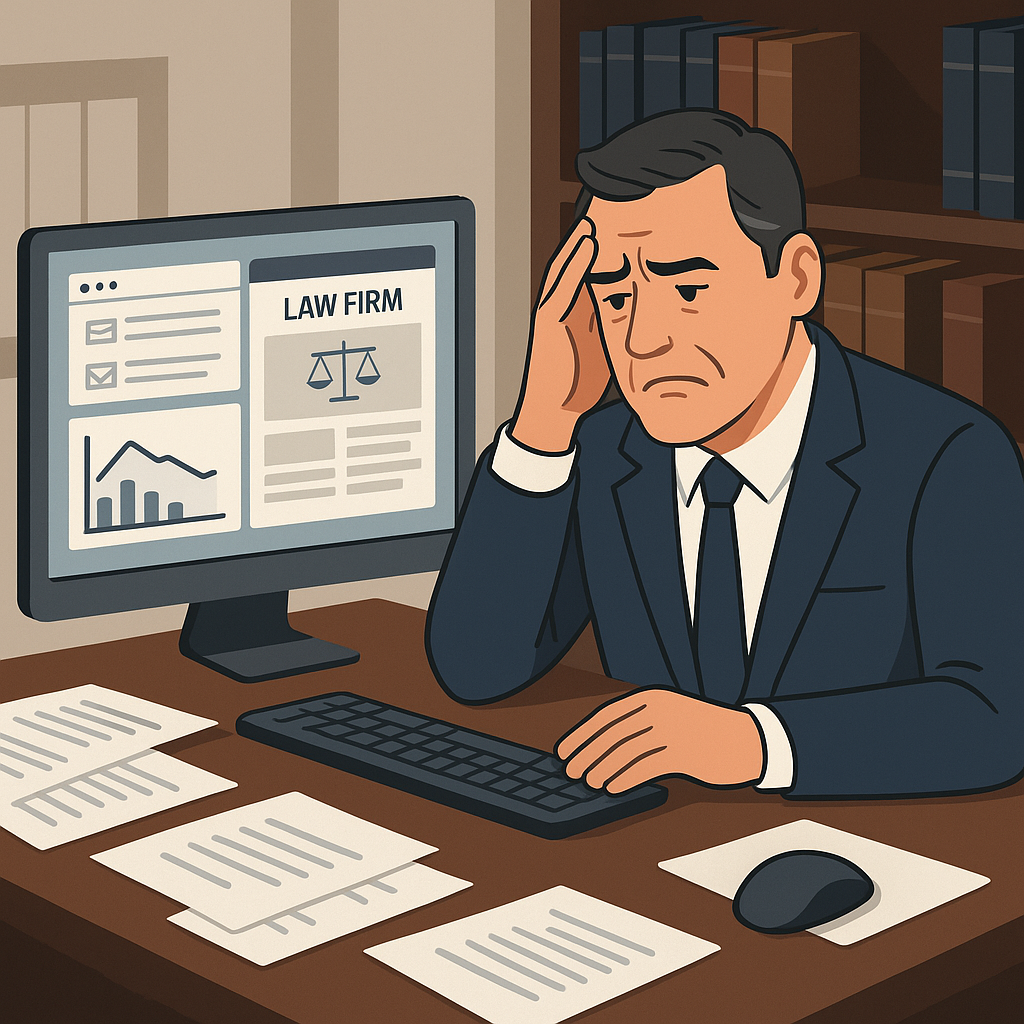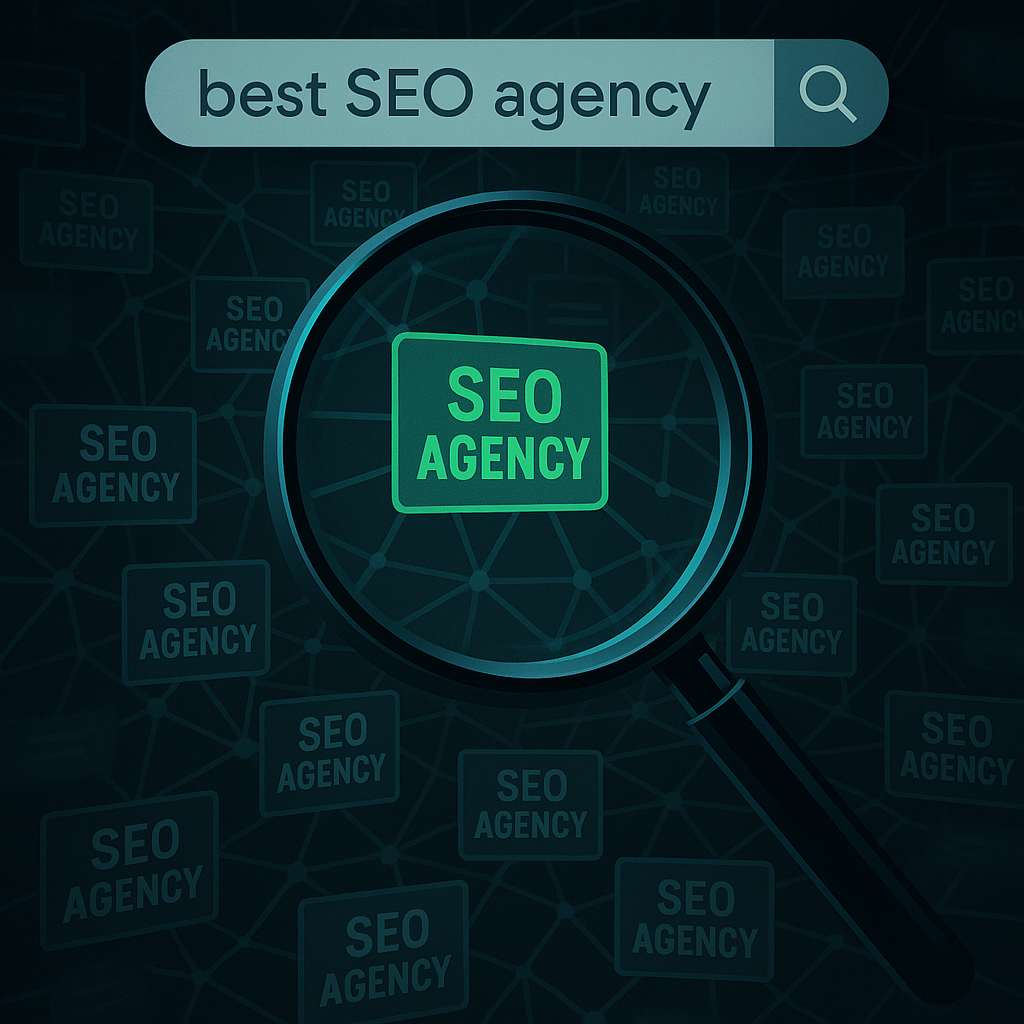
7 Costly Auto Dealer Marketing Mistakes (And How to Fix Them Fast)
You’re spending thousands on ads, SEO, maybe even video—but leads aren’t growing. It’s maddening. Every month feels like a gamble, and even when your site
Turn expert insights into action. Book a free consultation and discover how we can help grow your business with proven digital strategies.
Book a Free Consultation
You’re spending thousands on ads, SEO, maybe even video—but leads aren’t growing. It’s maddening. Every month feels like a gamble, and even when your site

Introduction: Growth Isn’t Always About Going Bigger When business owners feel stuck, they often assume the solution is something massive: a total rebrand, a $10,000

Introduction: SEO is Changing—Are You Changing With It? It’s no longer enough to be visible in search results—you must be trusted. As AI-generated answers crowd

You’ve tried jumping on trends, mimicking viral posts, and maybe even tossing a few dollars into paid promotions. Yet, you’re still left wondering why influencer

Introduction: You Didn’t Open a Med Spa to Spend Nights Fixing Facebook Ads You opened your med spa to transform lives—boosting confidence, delivering beauty and

🔎 Quick Summary: Fixing Your Home Services Marketing Problems Problem #1 – Slow Lead Response: Leads are lost when contractors can’t respond fast enough. If

Introduction: Is Your DTC Brand Hitting a Wall? You’ve done everything right. Your e-commerce brand is live, your product is getting attention, and you’re generating

Introduction: “We Signed a Contract—and Then They Vanished.” If you’re a managing partner, solo practitioner, or marketing director at a law firm, chances are you’ve

Introduction: The SEO Illusion That’s Costing You Trust (and Traffic) Searching for the best SEO agency should lead you to the most qualified, trustworthy partners—right?

📚 Quick Summary: Which Content Strategy Is Best for You? Alex Hormozi’s repurposing strategy is best for agencies, coaches, and consultants—turning one video into 30+